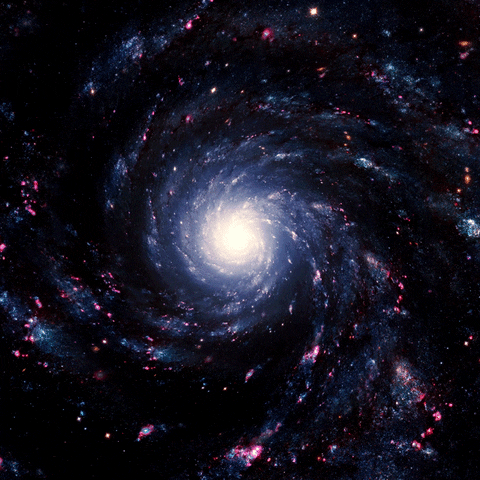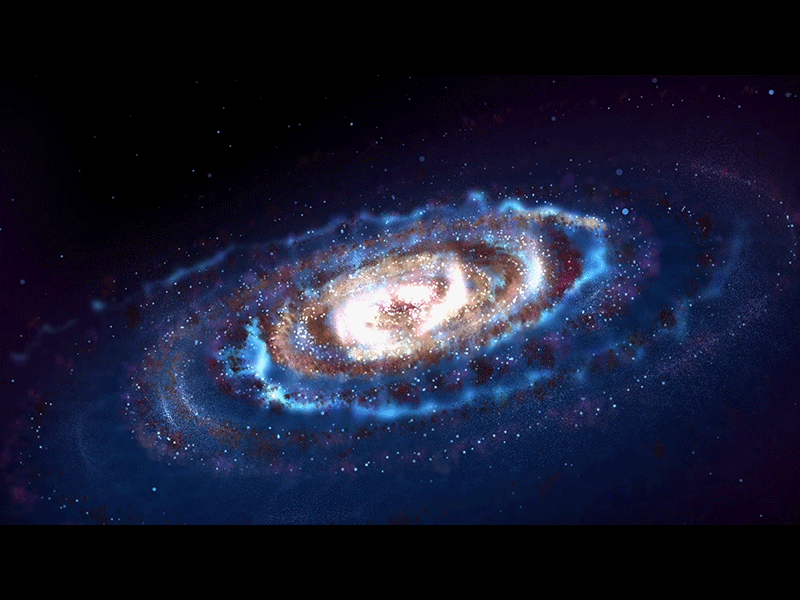Space as we know it
Space is a word used to describe an area or region. When it comes to outer space it is not so easy to define.
Space is a vast region that goes way beyond our planet's atmosphere. It begins around 100 km above sea level
Outer space and the universe are almost the same however outer space refers to the area between planets and
the universe is the area around planets .
Facts about Space
Click here ↓
Space is completely silent.
The hottest planet in our solar system is 450° C
One million earth's can fit in the sun
The Sun's mass takes up 99.86% of the solar system
The sunset on Mars appear blue
There are more trees on Earth than stars in the milkyway
There are more stars in the universe than grains of sand
One day in Venus is longer than one year on Earth
Click here ↓


